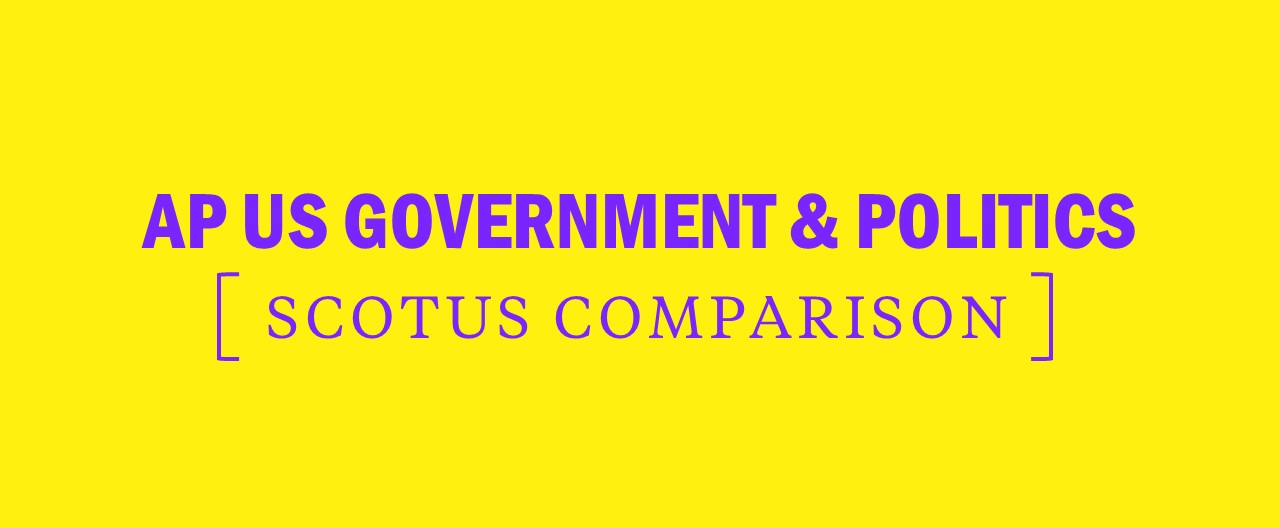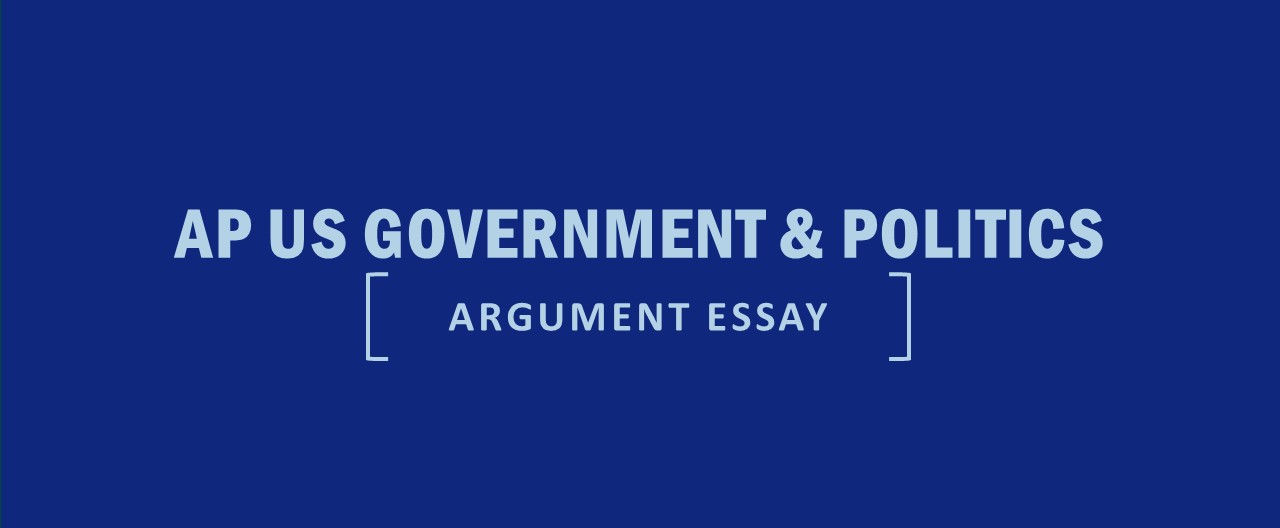AP US Government and Politics: Civil Liberties and Civil Rights Notes
Key Terms: Civil Liberties and Civil Rights
The Bill of Rights
- Bill of Rights: The first 10 amendments to the U.S. Constitution.Civil liberty: Freedom to do something, usually to exercise a right.
- Civil right: Freedom from something, such as discrimination.
- Civil Rights Act of 1964: Law signed by President Johnson that prohibited discrimination in public accommodations on the basis of race or sex.
- Voting Rights Act of 1965: Law signed by President Johnson that guaranteed federal enforcement of voting rights in states with histories of racial bias.
- Title IX: Part of the Education Amendments of 1972 signed by President Nixon that prohibited discrimination based on sex in any federally funded education programs.
- Jurisprudence: The study of law and legal interpretation; sometimes used to refer to a set of established legal precedents (e.g., First Amendment jurisprudence would be about cases involving the freedoms in the First Amendment).
- Establishment clause: The first of the two religion clauses in the First Amendment, this clause prevents the government from supporting a single religion, or religion over non-religion.
- Free exercise clause: The second of the two religion clauses in the First Amendment, this clause prevents the government from limiting religious exercise of citizens; free exercise is limited, not absolute, and may be constrained for a compelling reason.
- Engel v. Vitale (1962): Supreme Court case that struck down public payments to parochial schools; cited the establishment clause.
- Wisconsin v. Yoder (1972): Supreme Court case that upheld religious exemption for Amish parents and students; cited the free exercise clause.
- Schenck v. United States (1919): Supreme Court case that set limits on permissible speech; established the “clear and present danger” test.
- Tinker v. Des Moines Independent Community School District (1969): Supreme Court case that upheld for students the free speech right to protest.
- Prior restraint: A governmental body telling a publisher what it can and cannot publish.
- New York Times Co. v. United States (1971): Supreme Court case that allowed the New York Times and the Washington Post to publish the Pentagon Papers; effectively abolished prior restraint.


